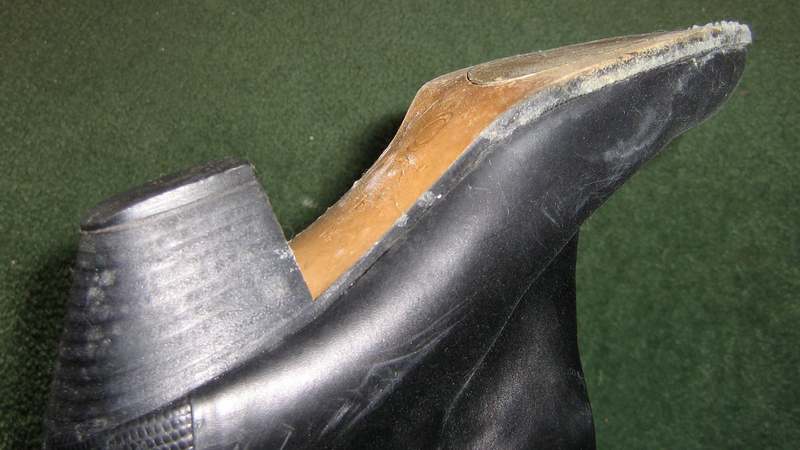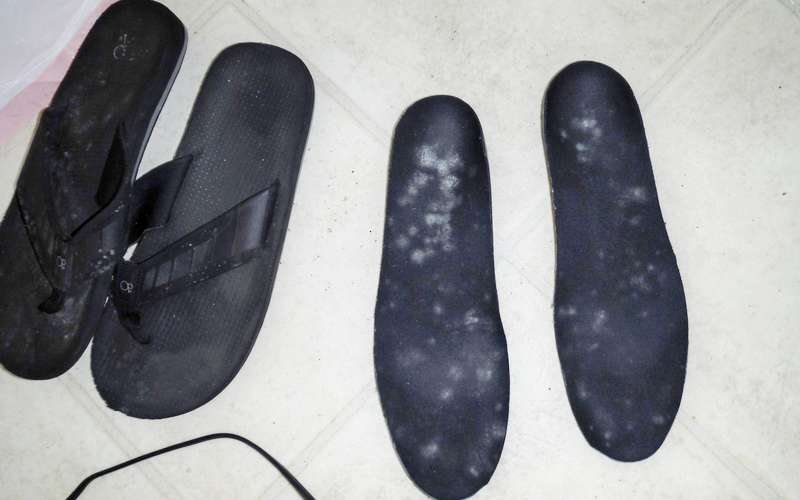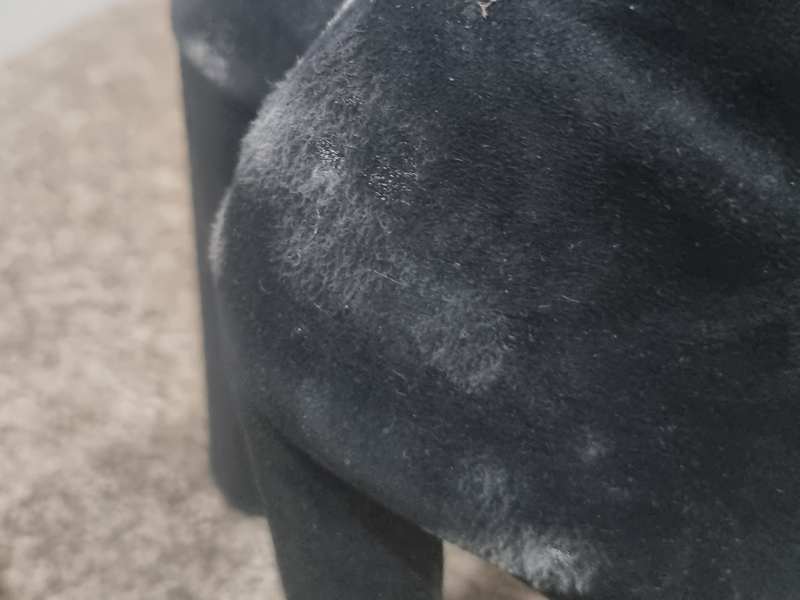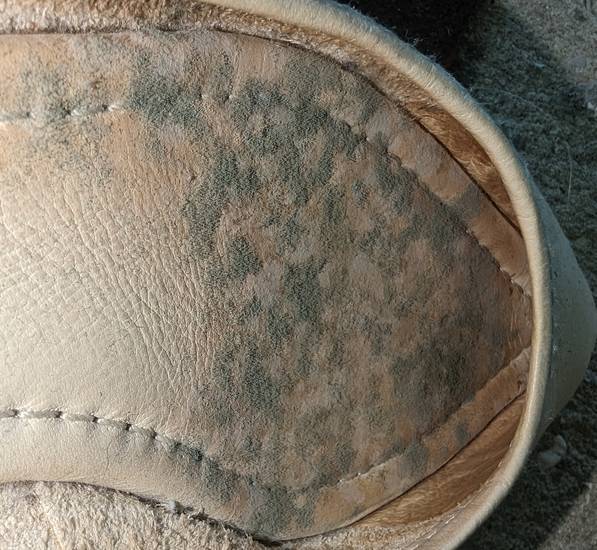What Causes Mold on Shoes & Clothing?
Mold growth on clothing is due to two possible sources: the item was stored while wet or the closet/room suffers from excess humidity. If it’s the first scenario, the answer is straightforward. Wash and/or dry damp clothing within 24 hours. The second possibility, excess humidity, is trickier to solve. Closets nearly always suffer from poor ventilation. They lack a heat source and have no avenue for airflow. In a modern, well insulated home with low overall humidity, this won’t present a problem. However, if any of these elements are substandard, mold growth can occur.
Quick Tips:
Buy a relative humidity gauge and place it in your closet (or wherever you’re encountering issues).
Is the RH above 60%? If so, you’ll want to take active steps to lower the humidity. Relative humidity above 60% can lead to mold growth on clothing, shoes, furniture, etc.
Keep the door open
If possible, keep the closet door slightly open throughout the day. this will allow the temperature and humidity levels in the closet to stabilize with the rest of the home. If this isn’t a possibility, consider installing louvered doors on the closet.
Maintain air gap with exterior walls
In older homes with poorly insulated walls, it’s especially important to maintain an air gap between the wall and the contents. This will substantially lower the odds of mold growth on the wall (and subsequently, on your clothes).
Mold growth on leather shoes
Mold growth on sandals
Surprisingly, mold can grow quite readily on synthetic surfaces such as rubber sandals and foam insoles. As with other items, the key is moisture management. Ensure all clothing items are fully dried before storage.
*Heads up – I earn a small commission on sales through Amazon links. This helps cover the expense of running the website (and answering your questions!)
Got a question? Ask it here and we'll post the answer below
I live in the lower ground appartnment of a 4 story building. The building is brand new, built in 2021. I have mould growing on the cardboard back of my mirror and all my suede shoes stored in my closet and is staring to affect my clothes. How do I stop this?
There are two potential culprits here: excess humidity and/or water vapor from the concrete slab. Because you mentioned this is a ground floor unit, I would recommend investigating the slab. A large amount of water vapor can pass through concrete, which leads to high levels of humidity in the air. Often the first indication of an issue is mold growth on shoes, because they are so close to the ground, where the humidity levels are high.
If possible, rent or buy a moisture meter and test the carpeting after a period of rain. If the carpet is damp, you’re very likely looking at an issue with water vapor coming through the concrete. If the carpet is dry, the problem is likely due to poor ventilation. See notes above on lowering the humidity.
I found this on shoes and my dresser.
This mold growth is likely due to high humidity. If you live in a warm/humid climate such as the southeast, work with an HVAC contractor to lower your humidity through your air conditioner. If you live in a climate with cool/damp winters, you can reduce humidity by increasing the temperature of the room and improving the ventilation. I recommend purchasing a relative humidity gauge to monitor the levels. Your goal is to keep it below 50%.




